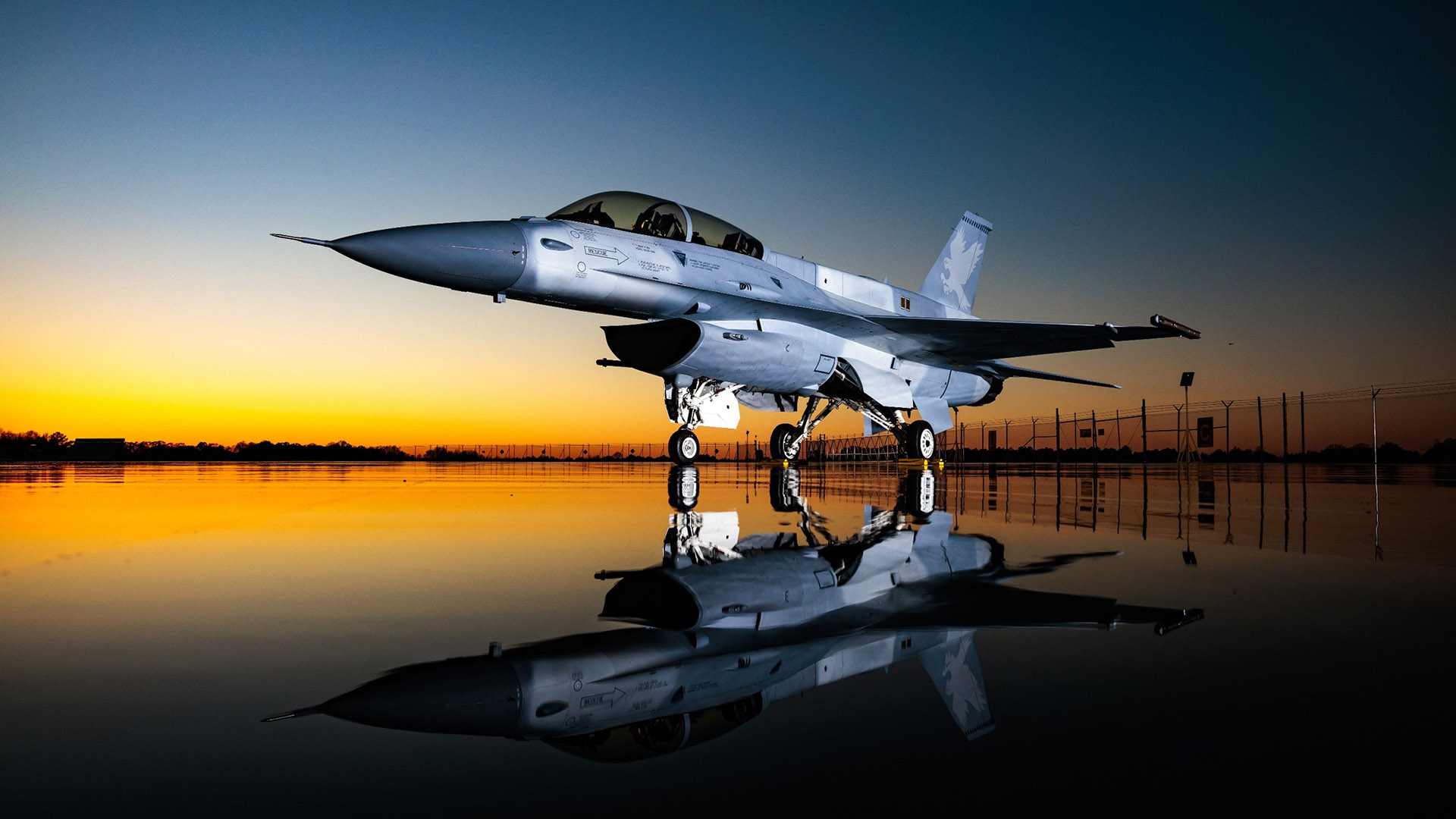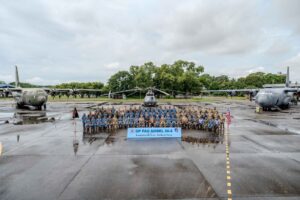This content is restricted to site members. If you are an existing user, please log in. New users may register below.
Transitioning the Bangladesh Air Force Away from Russian Aircraft

Reading Time: 3 minutes For decades, the Bangladesh Air Force (BAF) has relied on a diverse mix of aircraft sourced from Russia, China, the United States and Europe. Among these, Russian-built platforms such as the MiG-29 fighter, Yak-130 trainer, Mi-17/171 helicopters and Antonov An-32 transports once formed the backbone of combat and support aviation. These types offered ruggedness, familiarity and cost-effectiveness in an earlier era, but the landscape has now shifted. Sanctions, supply-chain breakdowns, and a global decline in Russian aerospace exports have created chronic shortages of spare parts, rising maintenance costs, and dwindling availability. For Dhaka, the strategic choice is clear: a complete transition away from Russian aircraft is no longer optional but essential. The MiG-29, once the pride of the BAF fighter fleet, remains a capable dogfighter but is technologically outclassed in an era defined by multirole capabilities, beyond-visual-range missiles and networked warfare. Replacing it requires careful balance

